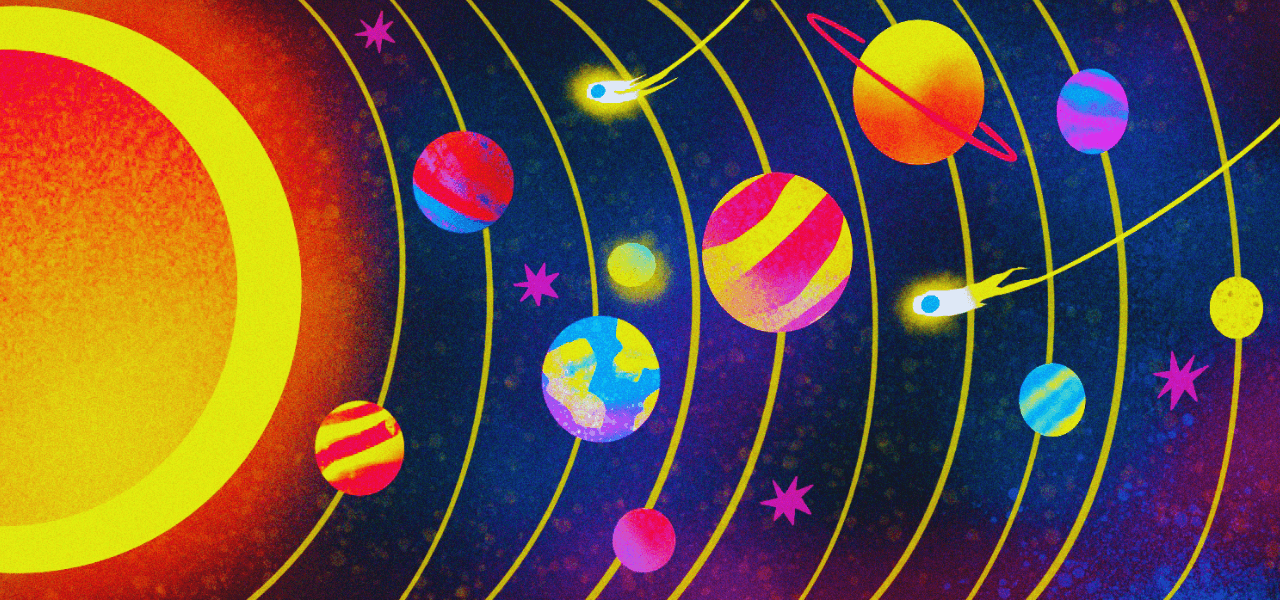Graphs in Mathematics
This material is suitable for children of any school age. Developing auditory perception when solving math problems.
Task 1.
There is space communication between the nine planets of the solar system. The space rockets fly along the following routes: Earth – Mercury; Pluto – Venus; Earth – Pluto; Pluto – Mercury; Mercury – Venus; Uranus – Neptune; Neptune – Saturn; Saturn – Jupiter; Jupiter – Mars; and Mars – Uranus. Can you travel from Earth to Mars using these scheduled rockets?
This task can be solved using a graph. A graph is a finite set of points, some of which are connected by lines. Let’s draw a diagram: represent the planets as points (squares or circles), and the rocket routes as lines. Now, it is immediately clear that it is not possible to travel from Earth to Mars. These diagrams are called graphs. The points are called vertices, and the lines are called edges of the graph.
The main idea of a graph is to represent the relationships between objects (vertices) using edges. Studying a graph allows us to solve various problems.

Task 2.
In the country of Digit, there are 9 cities named 1, 2, 3, 4, 5, 6, 7, 8, and 9. A traveler discovered that two cities are connected by an airline if and only if the two-digit number formed by the names of these cities is divisible by 3. Can you travel from city 1 to city 9?
Solution:
A natural number is divisible by 3 if and only if the sum of its digits is divisible by 3. Cities 3, 6, and 9 can only be reached within this group. Therefore, it is impossible to travel from city 1 to city 9 by air.
Let’s build a graph. The cities are vertices, and the connecting airlines are edges. A number is divisible by 3 when the sum of its digits is divisible by 3, meaning cities 3, 6, and 9 can be grouped into a connected component of the graph. No other cities can be joined to them. Therefore, it’s impossible to travel from city 1 to city 9.
Task 3.
In a new cottage village, there are 7 houses. The houses are already built, but the paths have yet to be laid. There are three plans for the layout of the paths. You need to choose a plan where the bulldozer can clear all the paths, passing through each one exactly once and returning to the starting point.
Solution:
The yellow plan works. The blue plan allows a path where all the paths are passed once, but the start and end points don’t match. In the green graph, it’s not possible to create a path that includes all the edges exactly once.
For visually impaired children, create large, bright diagrams or illustrations.
Graphs are a powerful tool for solving problems.
Strengthen your geometry skills with broken lines and polygons—read our blog.
